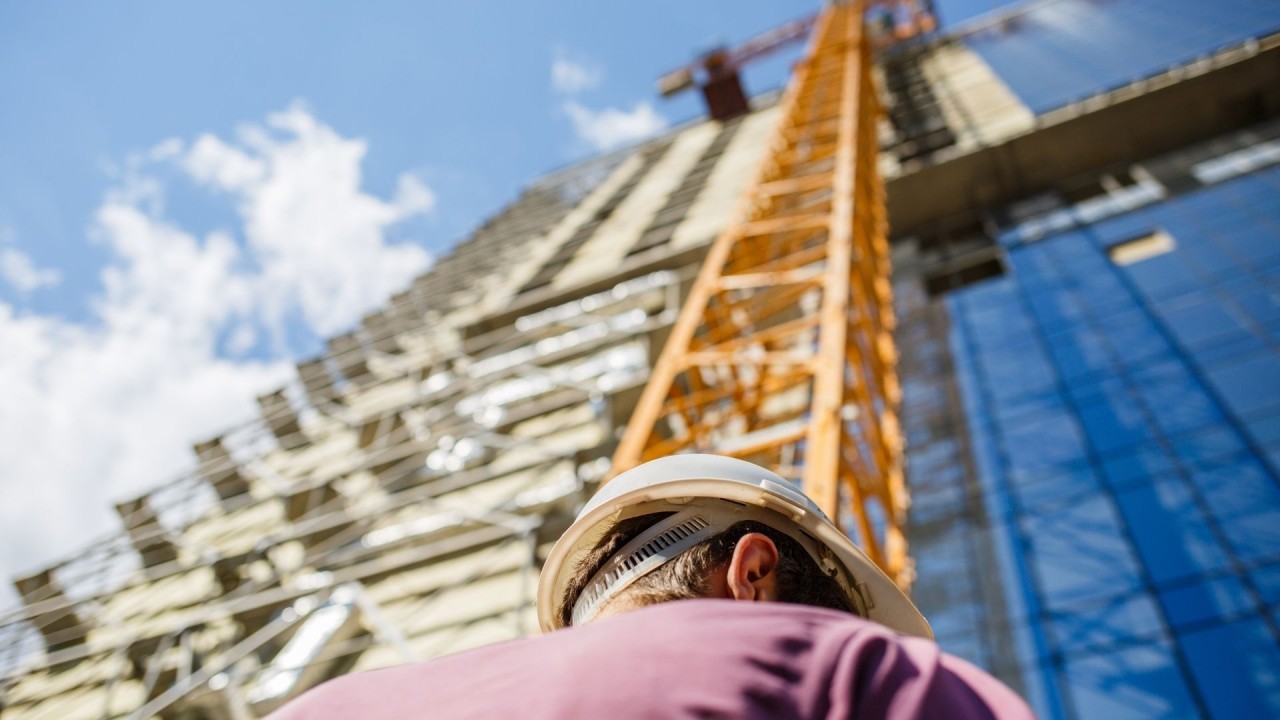
The construction industry is a unique sector that experiences its own set of risks. From the planning stages to completion and beyond, businesses in this industry must be aware of the ever-changing risk factors they face. In the UAE and other parts of Middle East, there are several common risks that need to be taken into consideration when planning a construction project or managing an existing one.
Material Damage Claims is one such risk which can have serious consequences for any project if not managed properly during every stage from start to finish. Weather conditions including sand storms, earthquakes, fires as well as human errors are all potential causes for material damage claims on projects throughout this region – especially high rise projects still under development which remain vulnerable until completion due to their incomplete state . To mitigate these types of damages it’s important for contractors and developers alike ensure proper safety measures are implemented at all times while also carrying out regular checks on materials used in order reduce any potential losses caused by unexpected events or mistakes made by workers on site..
Another common risk faced by businesses in this sector is Contractual Disputes between parties involved with a particular project – whether it’s employers vs employees over wages & working hours; clients vs contractors over specifications & payment schedules; etc., contractual disputes can quickly arise without adequate communication amongst those involved leading up front both financial losses as well as delays due time spent resolving issues instead focusing efforts towards completing work efficiently . It’s therefore essential that contracts include clear terms regarding responsibilities , timelines , payments so everyone understands their obligations from outset minimising chances disagreement down line ..
Thirdly there Risk Poor Quality Workmanship resulting poor quality standards failing meet health safety regulations potentially putting lives danger causing significant reputational damage company responsible should worst case scenario occur . This why companies must take steps ensure subcontractors employed adhere highest possible standards perform quality assurance tests regularly along way prevent problems arising future ..
Fourthly we Risk Non Compliance with Local Regulations laws governing building works vary country country making difficult foreign companies familiarise themselves requirements local jurisdiction before commencing work often result costly fines failure comply rules regulations imposed authorities even jail sentences extreme cases thus imperative research done beforehand avoid running afoul law …
Finally fifth most typical Construction Industry Risks Liability Insurance Coverage protect against legal liabilities incurred accident injury property loss negligence occurrence job site example general contractor may required hold certain limits insurance coverages depending size scope services provided issue overlooked considered late could lead major financial setback business concerned ….
When it comes to construction projects, one of the most pressing risks is material damage claims. This risk can include anything from fire and weather-related damages to human errors and material contamination. With high-rise buildings in particular being especially vulnerable due to their incomplete state during construction, these issues can persist for months on end if not properly addressed.
Fortunately, many contracts contain clauses that allow contractors to be recompensed for losses caused by force majeure events such as sand storms or earthquakes. However, liability doesn’t always end with handover of the completed structure – Article 880 of the UAE Civil Code states that contractors are liable for structural defects or total/partial collapse up until ten years after completion!
Hot works claims also present a major issue when it comes to material damage risk – this includes any welding activities conducted on site which could potentially spark an accidental fire if proper safety measures aren’t taken into consideration beforehand.
To protect against these risks effectively, there are several steps you should take: firstly make sure all relevant parties have adequate insurance coverage; secondly ensure frequent inspections throughout each stage of development; thirdly invest in quality materials and equipment where possible; fourthly employ experienced professionals who understand potential hazards associated with hot works operations (such as fires) so they know how best avoid them; last but not least create a comprehensive emergency response plan in case something does go wrong despite your best efforts!
The Middle East is a hot and dry environment, which can create additional risks when it comes to using open flames in welding, riveting or flame cutting. Hot works claims are a common hazard in this region and require close supervision of workers as well as improved training, limited use of open flames where possible and good site management with enhanced safety protocols.
It’s not just the construction process that can lead to liability for contractors – damage caused by flammable materials used on completed projects can be an issue too. In 2012 there was an example of this when a tower in Dubai was gutted by fire due to its cladding material being highly flammable; despite all residents being safely evacuated the developers were still held liable for damages incurred.
Contractors working on projects like these need insurance policies such as Contractors’ All Risks or Erection All Risks coverages that will protect them from any potential liabilities during erection for machinery and equipment should something go wrong while they are completing their work. Such policies provide peace-of-mind protection against unexpected losses related to accidents or other events beyond their control so they don’t have financial worries if something does happen during construction activities involving hazardous materials such as those found across the Middle East region.”””
Risk 2: Health and Safety
The nature of construction means that workers are nearly always operating in areas with potential health and safety hazards. It’s crucial for companies to carry out proper site management to ensure workers’ safety.
An ILO (International Labor Organization) study published in 2014 estimated the economic cost of work-related illness and injury at an average of 4% of a country’s GDP. At this rate, such losses would have cost the UAE around $15 billion in 2014.
Construction workers, often sourced from overseas, are sometimes undertrained in health and safety adherence, compared to other parts of the world. When working in hot conditions, workers understandably shed PPE for personal comfort, thus exposing themselves to additional personal risk.
Heat stress, when working in conditions up to 50 degrees centigrade, is itself a significant risk for construction workers. The problem is so severe that the UAE Ministry of Labor has imposed a ban on outdoor working
between midday throughout the summer months. Violations of this restriction can result in fines or a temporary shutdown of the project.
Specific health and safety issues pertain to the prestige tall buildings currently being built in profusion across the Middle East. As well as possessing the world’s tallest building; the Burj Khalifa, Dubai also boasts the greatest destiny of skyscrapers of any city and twenty-seven structures over 300m in height.
Falls and injuries related to working at height are all too common in the region. Between 2008 and 2010, 50% of occupational fatality in the UAE were caused by falls, according to the Health Authority of Abu Dhabi.
Pressure to complete projects to tight schedules and cost constraints can result in corners being cut in terms of staff training, PPE, and safety procedures. While such risks can be mitigated, they should also be allowed for within insurance parameters.



